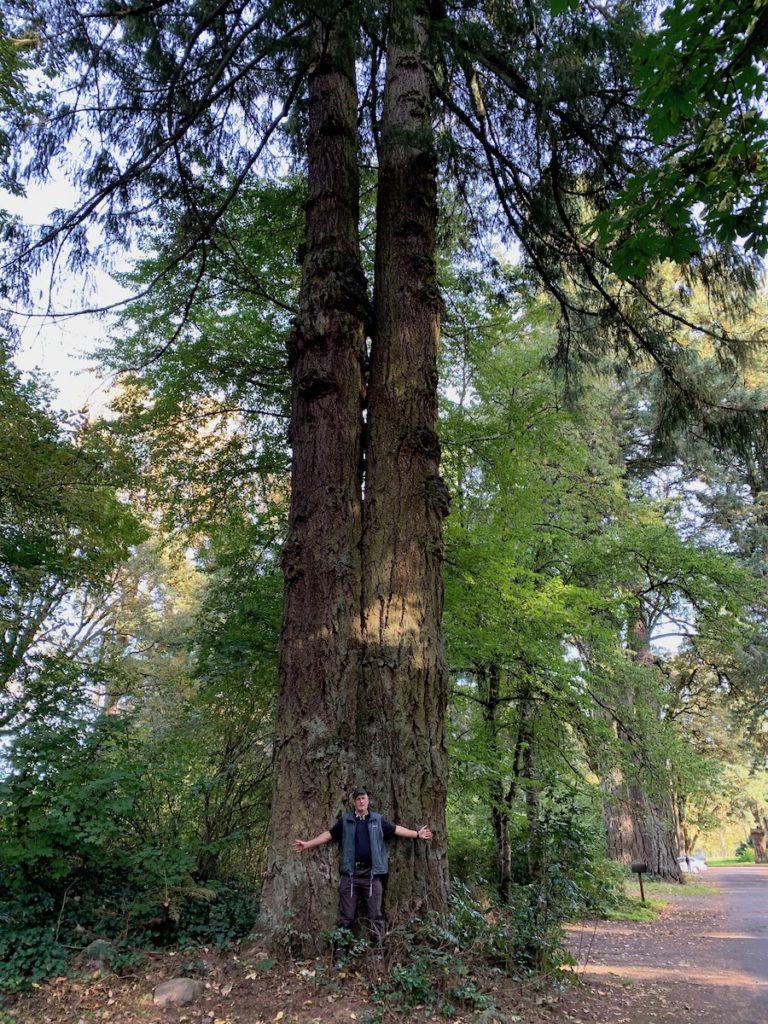This video is a tour and critical review of the pruning techniques of the world famous (#1 in North America and one of the top in the world) Portland (Oregon) Japanese Garden by Nathan Lawrence, ISA Certified Arborist and master aesthetic pruner. If you are an avid gardener and plant lover, a pilgrimage to this iconic garden will challenge, inspire and enlighten you all at the same time. You will leave a changed person—for the better. Check this video out and then if you can, visit this amazing garden that is actually five gardens in one!
Category Archives: Exotic and Interesting Trees
August in the Garden—A To Do List
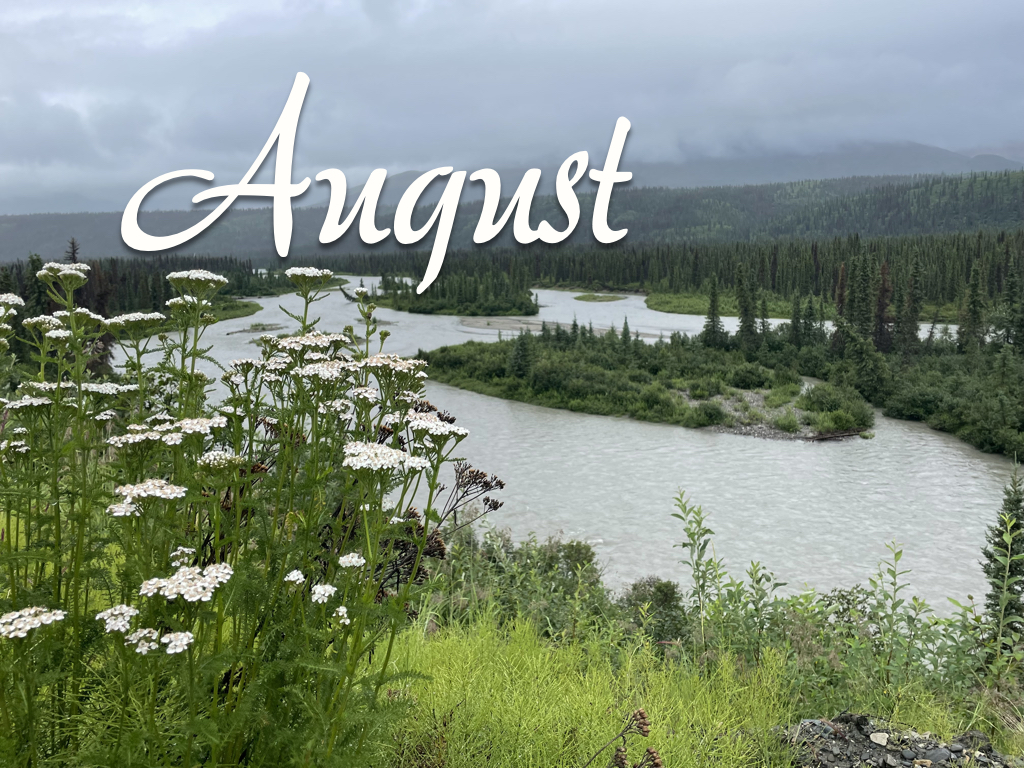
This guide is tailored for the western valleys of Oregon and Washington.
YOU can help to make the world a better, a more friendly, loving and beautiful place by being a good steward of the spot on this earth that you are privileged to be borrowing for a time—your garden. Nathan, the Treevangelist, urges you to treat your spot on this planet like your own personal Garden of Eden paradise. Then notice the joy that it will bring to you! This is your Divinely mandated responsibility. Your trees, shrubs, flowers and the wildlife in your yard will express their smiling appreciation back to you as they radiate love , joy and beauty bursting forth with vibrant and verdant life. The following garden checklist will help you to do just that.
Spring 2022 was a little wetter than usual—a good thing. But summer’s blast furnace started early again this year, and the heat wave still hasn’t abated—not such a good thing for the plants. Due to the erratic weather patterns of the past few years, the some plants are exhibiting signs of stress. Generally, plants prefer gradual changes weathewise, and struggle when weather patterns change too abruptly. Since the life forces in a tree move in the slow lane, trees are unable to acclimate to sudden changes, thus making them more susceptible to stressors like drought and pests. I’ve even noticed a few local otherwise hardy native oak trees turning brown and dying. Even though we had a wet winter and spring, this wasn’t enough to abate our prolonged drought that is still killing some native trees like Western red-cedars and Douglas-firs. Below, I tell you how to give your stressed trees a little extra TLC to help them get through this tough time in their long lives.
While you’re at it, take a few moments and scroll back through this same Good News Tree Service, Inc. blog and check out the archives for any tree and plant care articles that you may have missed. Also check out our YouTube channel at https://www.youtube.com/channel/UCvcu2lL9NpgoXQtUFYyQShw, our Facebook page at https://www.facebook.com/GoodNewsTreeService/ and our main website at https://goodnewstree.com. Please enjoy!
Readers’ suggestions on how to improve this list are gladly solicited. If you, the reader, have any suggestions for additions to this month’s list, please put them in the comments section of this article, and I will add them to the list. Thank you in advance! — Nathan Lawrence, the Treevangelist
The following photos will still be from the Pacific Northwest, but just a little further north up the coast all the way to Alaska including the Arctic Circle. My wife and I recently returned from Fairbanks and north, then worked our way south through the Denali area and ended up in Sitka, which is in the extreme SE panhandle area of that vast state. Please enjoy!
Tree and Shrub Care
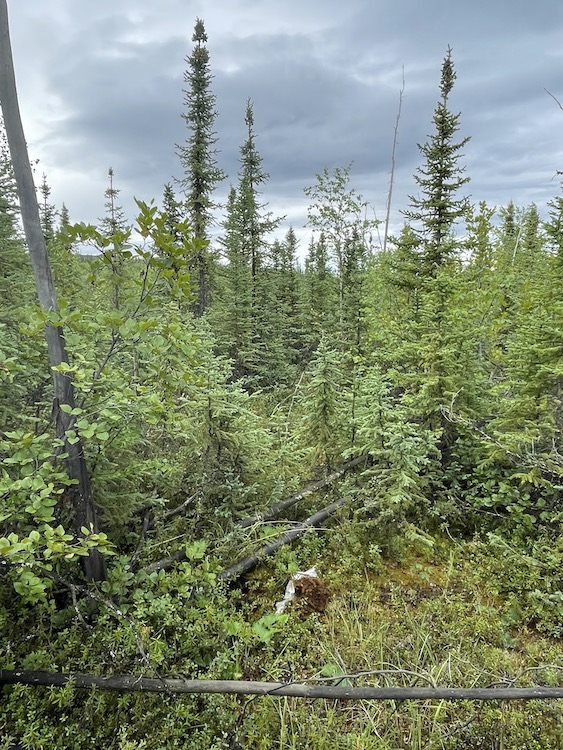
- Birch trees. Thanks to the bronze birch borer beetle, a large number of the Pacific Northwest birch trees are dying. To make your tree less hospitable to this nasty and lethal pest, there are two inexpensive things you can do. First, apply several inches of mulch to the ground under the canopy of your birch tree. Second, with a whirly bird sprinkler, irrigate the area under the birch’s canopy. The more water the better, since birches are water-loving trees. Irrigate once a week for several hours during warm weather and twice during hot weather. These two actions will lessen the chances that the beetle will attack and kill your birches. The bronze birch borer beetle can be treated in the late spring, but treatments are expensive. Call Good News Tree Service, Inc. for more info.
- Dogwood trees. Monitor leaves for signs of anthracnose. As the summer draws on, the symptoms on the leaves get worse. (See more info below.)
- Maples (including Japanese maples). Monitor the leaves of all maples and other trees and shrubs for symptoms of the potentially lethal verticillium wilt fungal disease. If you see branch dieback, call Good News Tree Service, Inc.
- Mulch. Apply two to three inches of mulch around all trees and ornamental shrubs. This helps to fertilize the plants and feed the soil, and also protects them against weed growth and loss of water when the warmer weather returns.
- Pruning of trees and shrubs. You can do all aesthetic pruning of all ornamental shrubs and trees (except pines) at any time of the year including summer. Don’t over-prune the top crowns of thin barked trees (e.g. Japanese maples, flowering cherries), since the sun’s UV rays can cause trunk and branch bark dessication resulting in cracking and dieback of sapwood and even heartwood resulting in entry points for diseases and potential structural failure of branches and trunks.
Also be careful not to do major pruning during periods of hot weather, since doing so exposes tender leaves underneath that haven’t acclimated to the sun’s ultraviolet rays yet, since they have been shielded by the layer of leaves you’ve just removed by pruning. Sun scald of these tender leaves may occur, especially on southern and southwestern sides of the plant. Sun scalded leaves won’t kill the plant, but it looks unsightly and diminishes the plant’s ability to photosynthate (produce food for itself).
- Pruning of large trees. Most trees in the temperate western valleys of Oregon and Washington can be pruned anytime of the year. If you’re not sure what to do, or how to do it, call Good News Tree Service, Inc. for a consultation, pruning lessons or to have them do the pruning for you. It is likely best to wait for cooler weather to prune stressed or sick looking trees. Call us if you have questions about this.
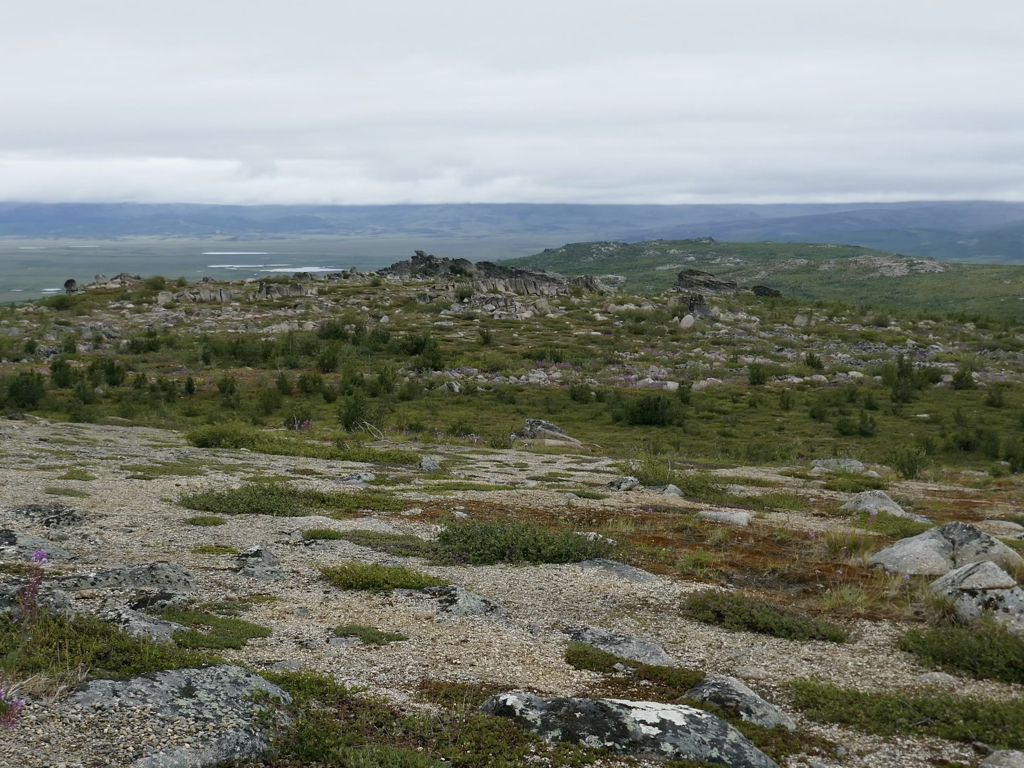
- Prune fast growing ornamental shrubs (e.g., laurel, privet, photinia, laurustinus, barberry) that are beginning to look shabby. You may need to prune them again in the early summer for a more neat and manicured look.
- Tree and shrub removal and stump grinding can be done all year long.
- Trees. Have an ISA Certified Arborist with an ISA Tree Risk Assessment Qualification (like Good News Tree Service, Inc.) inspect your large trees for the potential of failure due to weak root systems and defects in trunks and branches. This can be done anytime of the year.
- Conifer trees that are drought stressed. The Willamette Valley remains in a prolonged drought. Large native trees (e.g., Douglas-fir, western redcedar, spruce, native firs) are getting stressed and some are dying. If you have a tree that is showing signs of drought stress (e.g. pitch globules exuding from the bark, excess needle drop, yellowing of foliage), then you need to water your tree to save it, or pay the high price to have it removed after it has died. With a whirlybird, impulse or similar sprinkler or soaker hose, saturate the soil under the tree out to the tree’s drip zone (i.e., the outer tip of tree’s crown) for several hours once or twice a week to achieve deep root watering. Typical lawn irrigation systems don’t put out enough water to adequately irrigate the deeper roots of a tree, so don’t rely on your irrigation system to proved the water that large trees need to survive.
- Watering. During the hot summer months, well established trees and larger ornamental shrubs need little or no watering. However, newly planted trees and shrubs will need watering for the first two to three summers until their roots get established. Regular lawn irrigation isn’t sufficient to give trees and shrubs the deep watering they need to survive the summer heat. During warm weather, deep water your new plants at least once per week. During hot weather, twice per week.
Plant Health Care
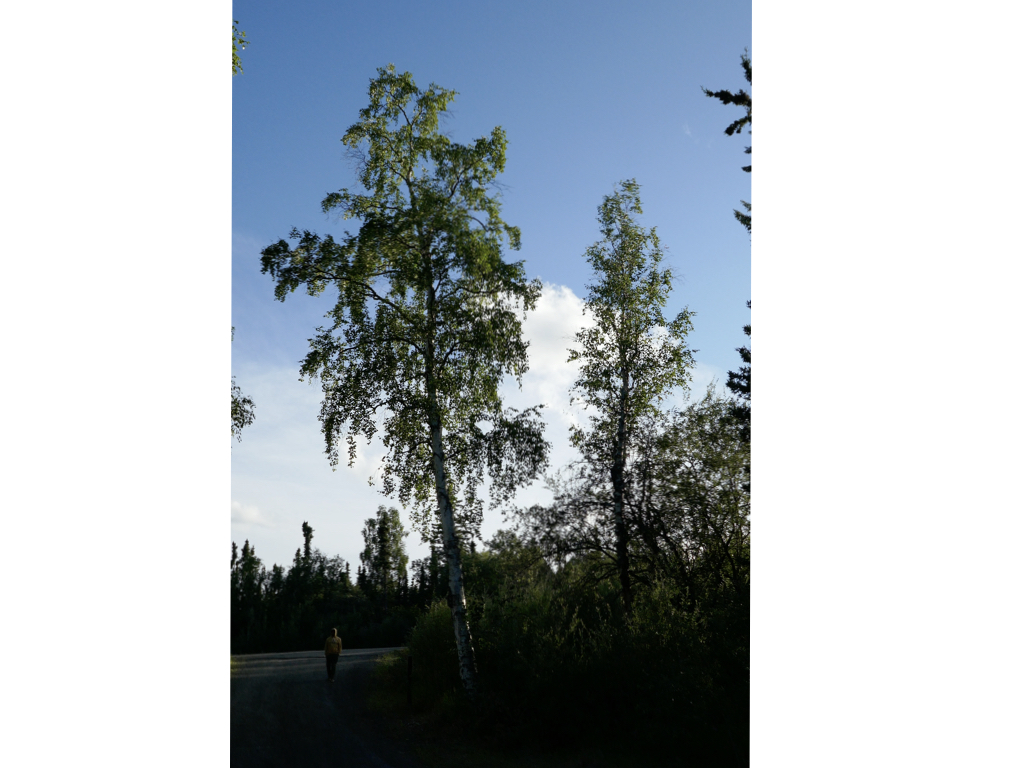
- Birch trees. At this time of the year, many birch trees are dying. This due to a birch killing beetle called the bronze birch borer. This pest has no natural predatory enemies and no inexpensive cure is in sight for this pest. The beetle is killing at least 60 percent of the birch trees in this region and yours may be next. In the previous section of this article, we discuss this issue in more detail.
- Deep root fertilization. Be careful about fertilizing shrubs (especially with quick release fertilizers) after the weather becomes too hot. Fertilizer will push out new growth, which will likely scorch in sun. This is a waste of fertilizer and plant resources.
- Dogwood trees. This popular garden tree is very hardy and has very few pests except for the dogwood anthracnose leaf blight (discussed below) and occasionally the summertime non-lethal powdery mildew that appears on the leaves. Two things can occur on the leaves of the dogwood tree that often alarm homeowners. First, sometimes the ends of the leaves may turn brown and die. This can be due to anthracnose (discussed below) or due to sunburn or leaf scorch. The latter condition occurs because the dogwood is a shade preferring tree, and when we plant them in the full sun, the leaves that are on the sunny side of the tree often get sunburned. Though unsightly, this will not kill the tree. Another symptom of the tree’s dislike for hot sun is that the leaves will fold in on themselves at the mid-rid of the leaf blade. This is the dogwood’s unique defense mechanism to combat water loss due to evaporation or transpiration. It appears as if the leaves are wilting due to lack of water. This may not be the case, since even trees that are irrigated regularly will take on this cup shape—especially leaves that are exposed to full sunlight. Leaves that are not in the sun’s light will usually stay flat and unfolded.

- Dogwood anthracnose. If you missed the spring sprays topical fungal sprays, and you see signs of anthracnose on your tree’s leaves (reddish, purplish, brownish splotches), you can spray your trees with a basal bark fungicide. Call Good News Tree Service, Inc. for information on this treatment.
- Monitor trees and shrubs for insect pests. Piercing and sucking plant pests (e.g., aphids, lacebugs, scales, weevils, mites, etc.) are now out and active. If major infestation occurs, plan a course of action to treat your trees and shrubs against these pests. Small numbers of piercing and sucking insects are not harmful to plants. In fact, they provide food for the beneficial, predatory insects that feed on them. To control harmful insects, one can apply systemic insecticides against piercing sucking insects (aphids, lacebugs, scales, weevils, etc.) via soil injections (one treatment gives season-long control). If applied according to label directions, this will kill only the harmful and not beneficial insects.
- Spider mites will start to become active as the weather warms. Systemic insecticides are available against this pest.
- Verticillium wilt. The fall is the best time to treat, and spring is the second best time. Maples are especially plagued by this disease. During hot weather, symptoms include smaller than normal cupped leaves in the upper canopy, often with the death of the entire branch occurring.
Elsewhere in the Garden

- Birds. Feed the birds. Dutifully maintain your bird feeders. Bring life and excitement to your backyard by turning it into a bird sanctuary. The birds will thank you for your generosity by providing you with hours of entertainment, and by eating insect pests that harm your ornamental trees and shrubs. Birds in the yard are not only fun to watch, but they perform the vital task of eating harmful insects. Keep bird baths full. In hot and dry weather, birds need water to drink and to bathe in.
- Flowers. Water and fertilize annuals and perennial flowers. The hotter the weather, the more water they will need. Flowers in pots and hanging baskets dry out especially quickly, and so need watering every day or two.
- Ivy. Cut English ivy off of the base of trees. (This can be done any time of the year.)
- Mulch. Apply two to three inches of mulch (e.g. bark dust, garden compost or wood chips) on all of your shrub beds. Covering bare dirt areas in your yard with mulch helps to prevent soil compaction from rains, and weed growth, and helps to enrich our heavy clay soils.
- Planting. This is a good time of the year to plant trees and shrubs as long as you keep them well-watered. Visit your local nursery and select your favorite ornamental shrubs and shade trees. After planting your new shrubs, just make sure that you water them well immediately and regularly subsequently for the first two or three summers until their roots get established. During warm weather (in the 60s to low 80s), deep root water once per week. During hot weather (mid-80s and higher) deep root water at least twice per week.

- Slugs. Put slug bait around your flowers and tender perennials like hostas.
Rose Care
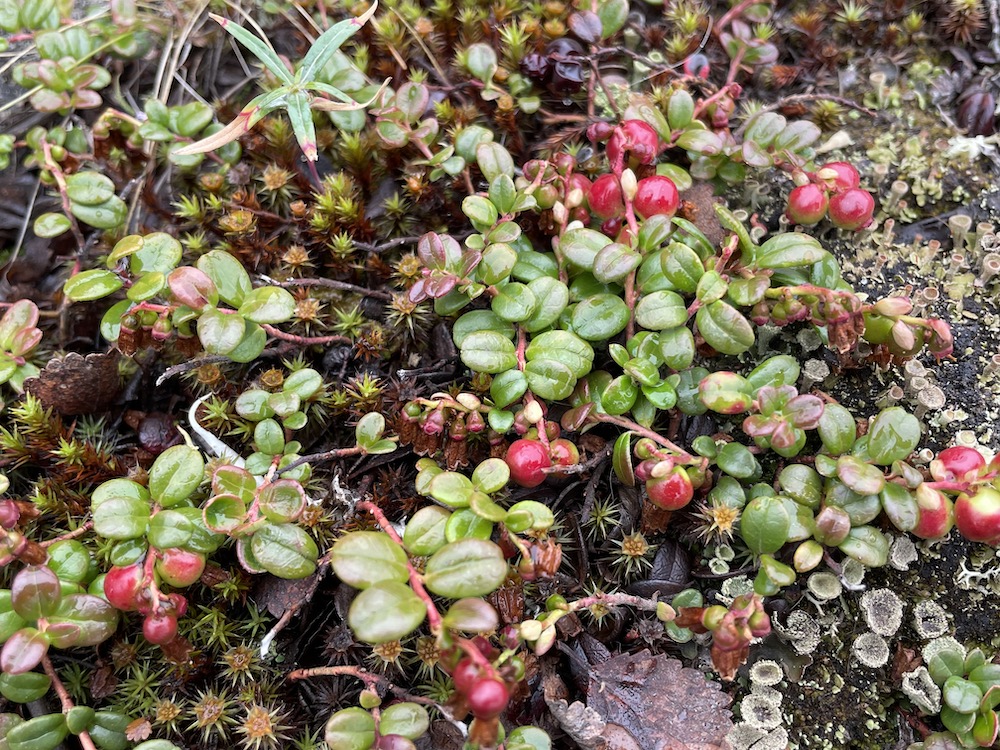
- Pests. Spray or treat roses with a fungicide as needed preventively to insure protection against fungal pathogens such as black spot, powdery and cottony mildew, rust and spot anthracnose. Apply a fungicide only after the rose has put out several inches of new growth. Excellent choices of both organic and inorganic fungicides are available at your local garden center or nursery. Some fungicides require spraying in the early spring as the new growth is emerging. Major plant pests include mites, aphids, thrips, rose slugs, leaf rollers, rose midge, spittle bug and sawfly. Determine what pest or disease your rose has, do some research online if necessary to ascertain this, and then visit your local garden center or nursery to find the right product for the job. Always read and follow all label directions. It’s the law!
- Dead heading. As needed, remove spent flowers after they are done blooming.
- Fertilize. In late August, fertilize roses again.

- Irrigation and pest control. During prolonged warm, dry weather, deep root water your roses at least once a week. A rose needs five gallons of water per plant per week. During hot summer weather. Spray roses with water (not in the morning, though) to cool them down, and spray top and undersides of leaves to wash off pests such as spider mites and aphids.
Lawn Care
- Maintenance. Summer is about mowing, watering, and pest control. Stay on top of mowing for a healthy lawn. Mow once a week or as needed. Remove no more than one-third of the height of the grass to avoid stressing it. Mow regularly to prevent weed seed spread.
- Irrigation. Water deeply, slowly and as infrequently as possible. Try to avoid watering established lawns more than two or three times per week if possible except during extremely in hot conditions. It is not a bad idea to let the soil under your grass to dry out for a short time in between watering as this forces the grass roots to grow deeper in search of water thus making for a more drought tolerant lawn. It is best not to rely on timers for irrigation as temperatures will dictate water needs in addition to lack of rainfall. However, timers are helpful if you have lawns areas that are to large to micromanage or you will be gone for a period of time. If you want to save on your water bill during the summer months, you can skip watering your lawn if you don’t mind it turning brown. It is not dead; it is merely sleeping or in a dormant state. When the rains start up again in the fall, your lawn will turn green and start growing again.
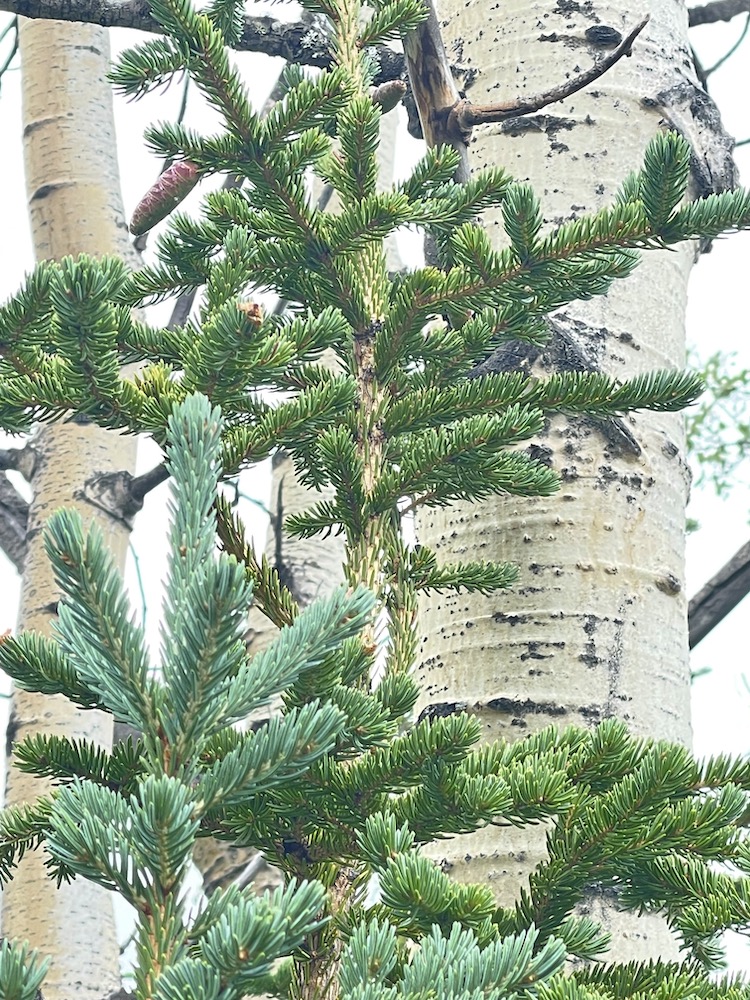


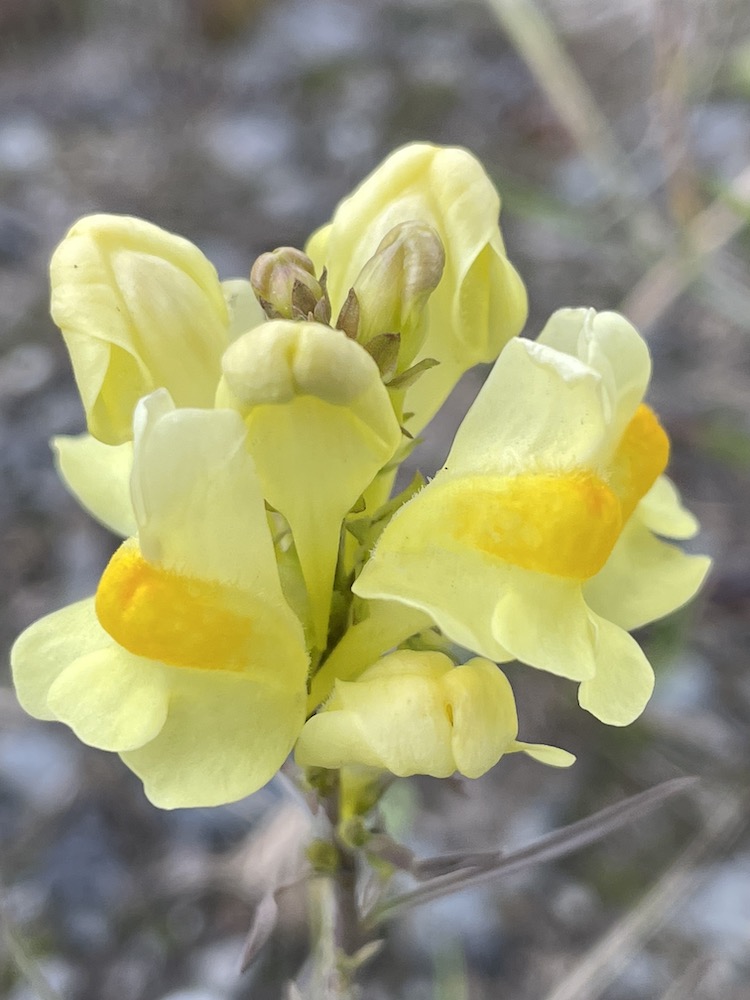
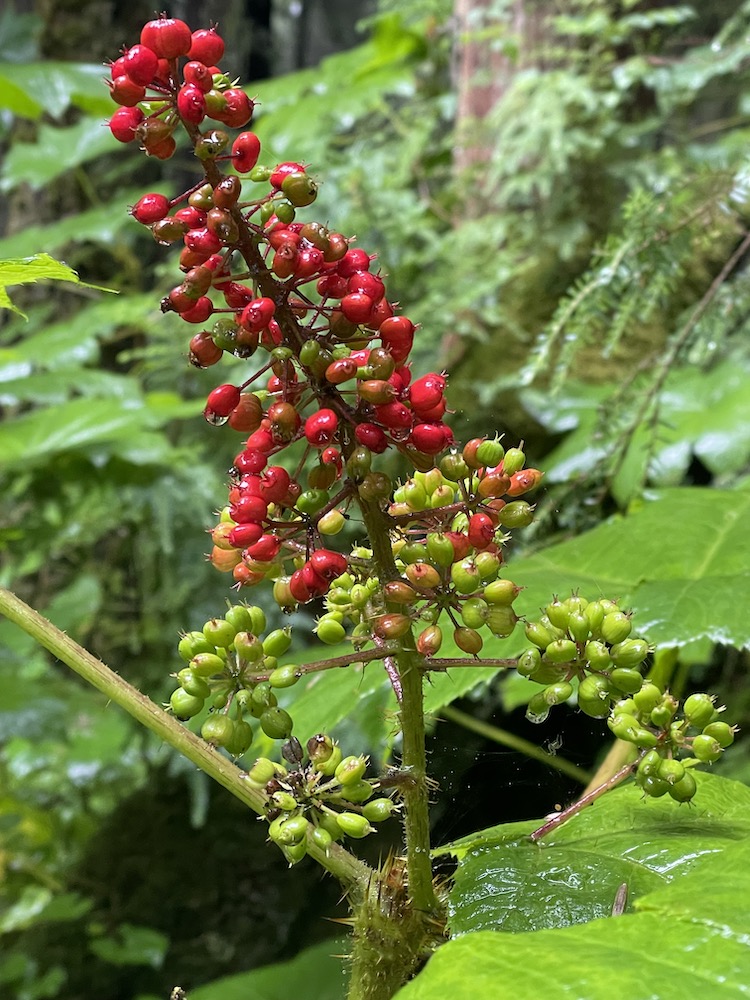
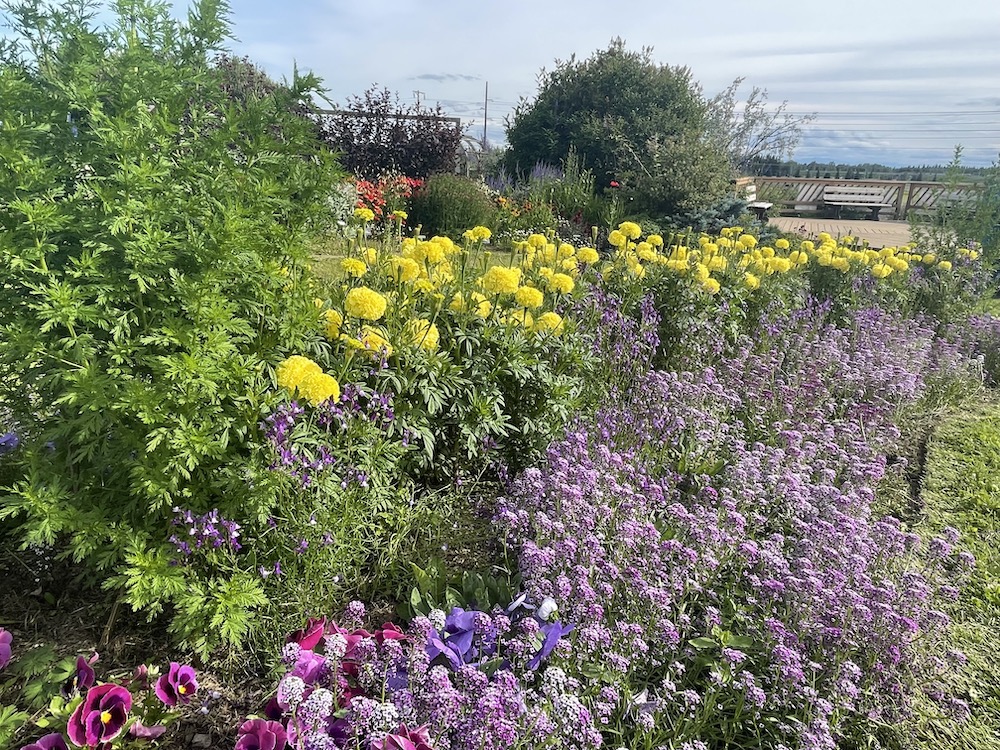
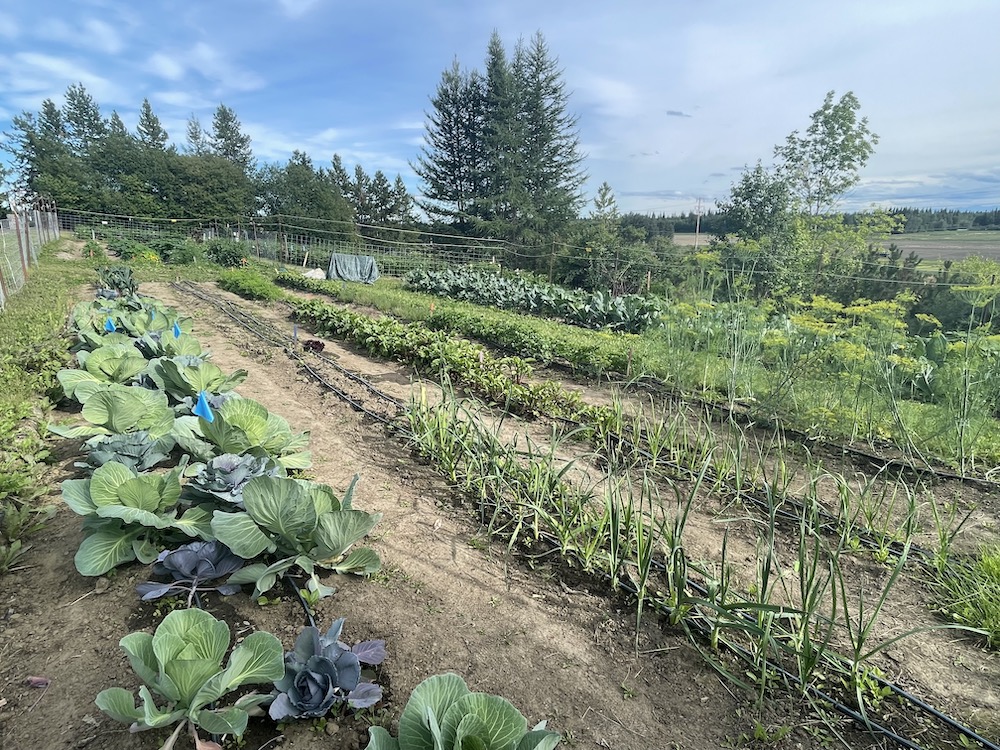
Amazing Trees of Devils Tower Monument, the Dakotas, and Wyoming’s Yellowstone National Park
North Dakota’s Pitiful and Yet Amazing Forest
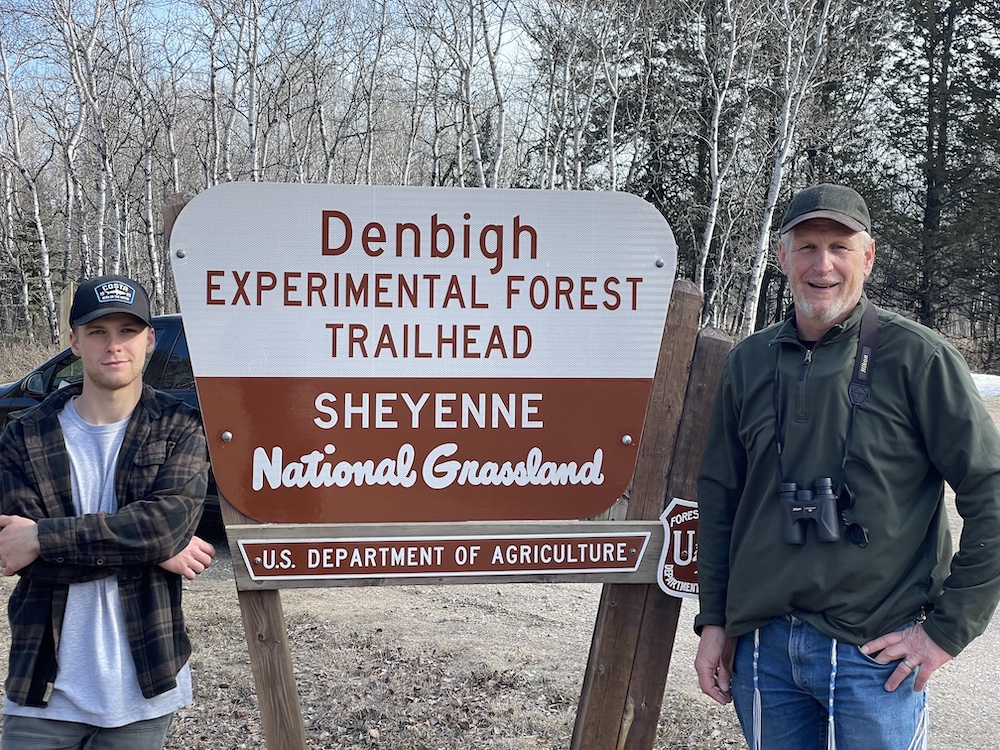
God bless North Dakota. This state has a bleak and somewhat forlorn majesty and beauty of its own, although sometimes you have to look below the surface to find it. But trees, due to the lack thereof, are not this state’s crowning glory, and the trees that are here have little to boast about compared to their glorious cousins that inhabit the lofty mountains and verdant valleys of the western regions of the Pacific Northwest.
In all reality, it seems that North Dakota has more bent, tilting, and clanking farm windmills, more lifeless, and rusting century-old threshing machines sleeping silently out in farmers’ fields along with countless grain silos standing as sentinels over railroad tracks, as well as abandoned and derelict barns and houses than it has trees trees. So when I discovered that the Minot area of north central North Dakota, just below the Canadian border, where I am visiting family, had an experimental forest and an arboretum, this tree geek arborist had to check it out.
Forest and arboretum, I mulled in my mind. Naturally this Oregon native conjured up park-like images in his fertile imagination.
To get to this forest, we had to drive for miles through endless, virtually treeless fields of wheat, soybean, rapeseed, flaxseed and sunflower along with pastures speckled with sheep and cattle sprawling across the pancake flat landscape as far as the eye could see, while traveling at 70 miles per hour on a straight, virtually carless highways that reached to the horizon. The only trees, for the most part, were the phalanx like windbreaks planted around the occasional lone farmhouse to shield it from the howling winds and the searing summer heat. The landscape also boasted, if you can call it that, a few thirsty trees growing along the fringes of a few creeks and watersheds here and there, and along old fence lines where birds have perched and deposited tree seeds. After all of this, we finally reached the Denbigh Experimental Forest.
As a native Pacific Northwesterner, who has spent a lifetime tramping up and down in our coastal and Cascade Mountains, I wasn’t sure what to expect in North Dakota where there are probably more honking Canada geese grazing in wheat fields than trees.
My initial response was: “This is it??? This is what they call a forest?”

We exited our car and hit a hiking trail. Immediately the forest floor was littered with the carcasses of countless trees that had succumbed to the pitiless ravages of the fierce climate and harsh growing conditions that this region offers its flora. Many more trees were standing lifeless or were half dead. The fierce plains winds had knocked countless trees down. Many more were leaning precariously against their neighbors for support, creaking eerily in the wind as they rubbed themselves raw against one another. After nearly a hundred years, few trees were more than 60 feet tall and a foot or two in diameter. In western Oregon from where I come, trees of this age would be more than twice as tall and thick. Needless to say, I was not impressed, to say the least.
But I had come this far to see said forest, so I was determined to discover something unique and wonderful about it. I refused to be put off by its shabby and pitiful outward appearance.
And sure enough, I was in for a pleasant surprise. You’d think by now, at my age, I’d have learned not to judge a book by its cover.
Yes, on the surface, what I found, in all honesty, was the about the saddest forest I had ever seen in my life of traveling in some 22 countries on four continents. Yet, it was still a forest, and in my book, this is something still to be cherished and even respected. Again, it might take some creative searching, but I was hopefully predetermined to find something special here.

The Denbigh Experimental Forest was established by the USDA Forest Service in 1931 “to determine which trees could survive and thrive in the harsh northern Great Plains climate,” says the brochure at the forest’s parking lot kiosk. Sadly, in its past life, this 636 acre site had been “extensively over-plowed and overgrazed during the early part of the 20th century, leaving wind-blown sand dunes”, according to Wikipedia. As a result of man’s mismanagement, it had become a wind-blown, eroded and forsaken dust bowl.
Continue readingA Hemlock Pruned in the Chinese Style
Another Tree Saved from the Saw
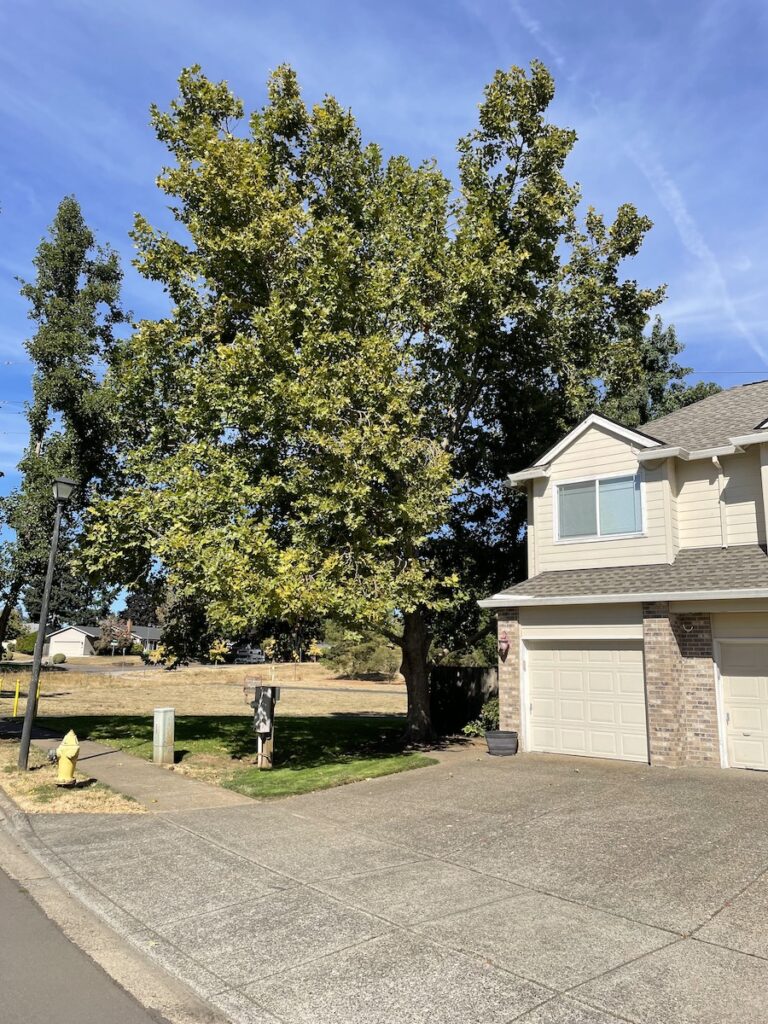
The owner of this house was ready to have us take down this large sycamore tree because its roots were lifting his sidewalk. Had I been a greedy arborist, I could have charged him a lot of money and removed the tree as he wished. However, I told him how he could cut some roots, install a root barrier to prevent the roots from growing under his sidewalk in the future, thus saving the tree. Needless to say, he was elated at being able to keep his tree and save a boat load of money to boot.
Saving trees from the saw doesn’t seem to be a popular thing among many tree services, who prefer, instead, to make a quick buck while preying on people’s fears and ignorance about trees. As an example of this, I received a desperate call from a homeowner who lives in the suburbs of Denver, Colorado. He has a large maple tree that he believes is savable, but that the City and a several tree services have told him must come out. A couple of arborist told him that the tree can be saved with some pruning to remove some hazardous branches; however, the city has sent him a demand letter that he remove it or they plan to trespass onto his property and remove it and put a lien on his house for the costs involved. No local tree services want to go up against the city on this issue, so are acquiescing to city’s demands, even though they know they can save the tree.
Thus, this man saw my blog where I brag about the trees we save, and he called me hoping I could help him even though I live more than 1,200 miles from him. I gave him a lot of free advice on how to deal with the situation, who to contact, and how to save his tree.
We are trying to make a difference by making the world a more beautiful place one tree at a time.
Speaking of beautiful trees, here are some photos of trees that I recently took. Please enjoy.
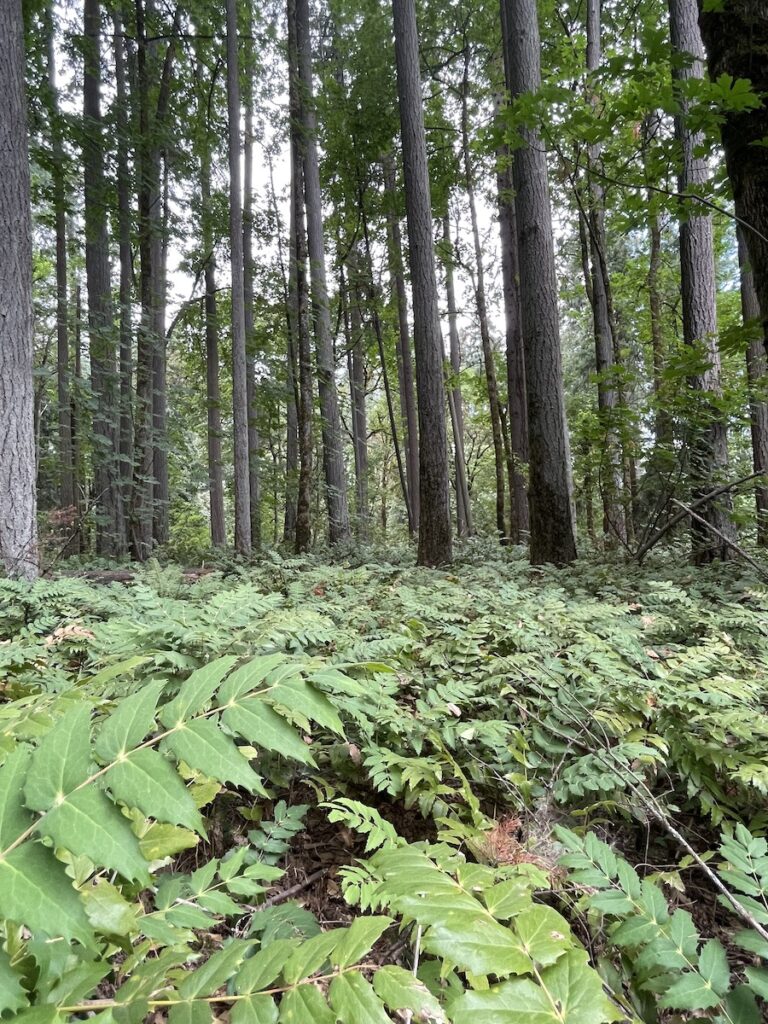
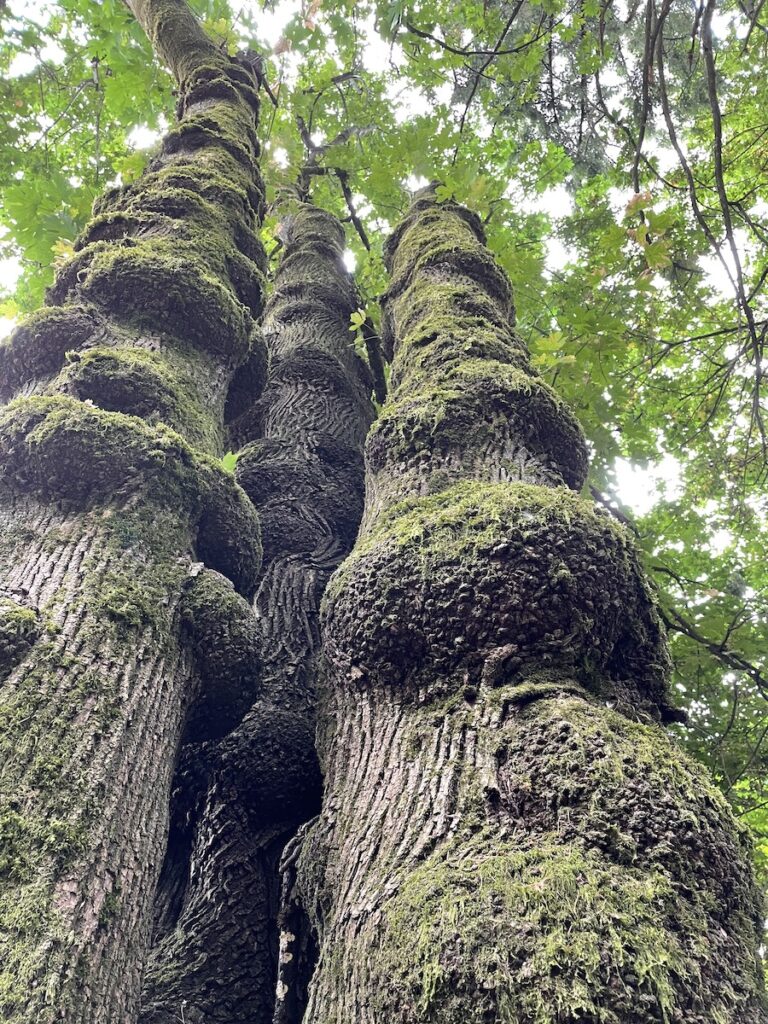
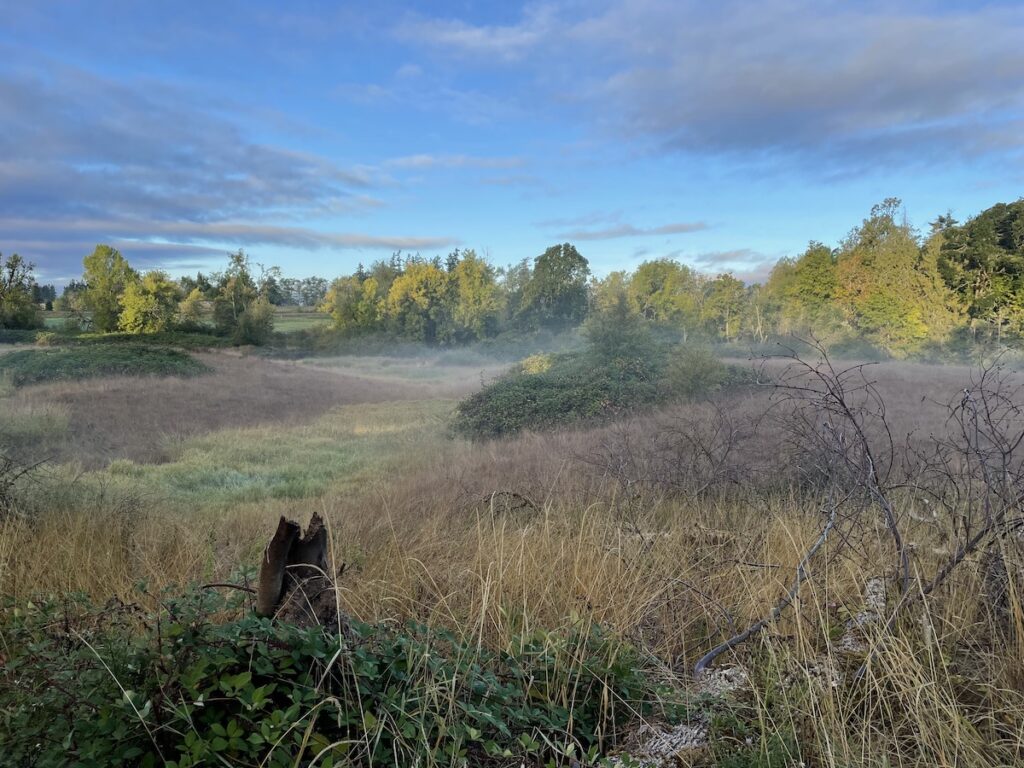

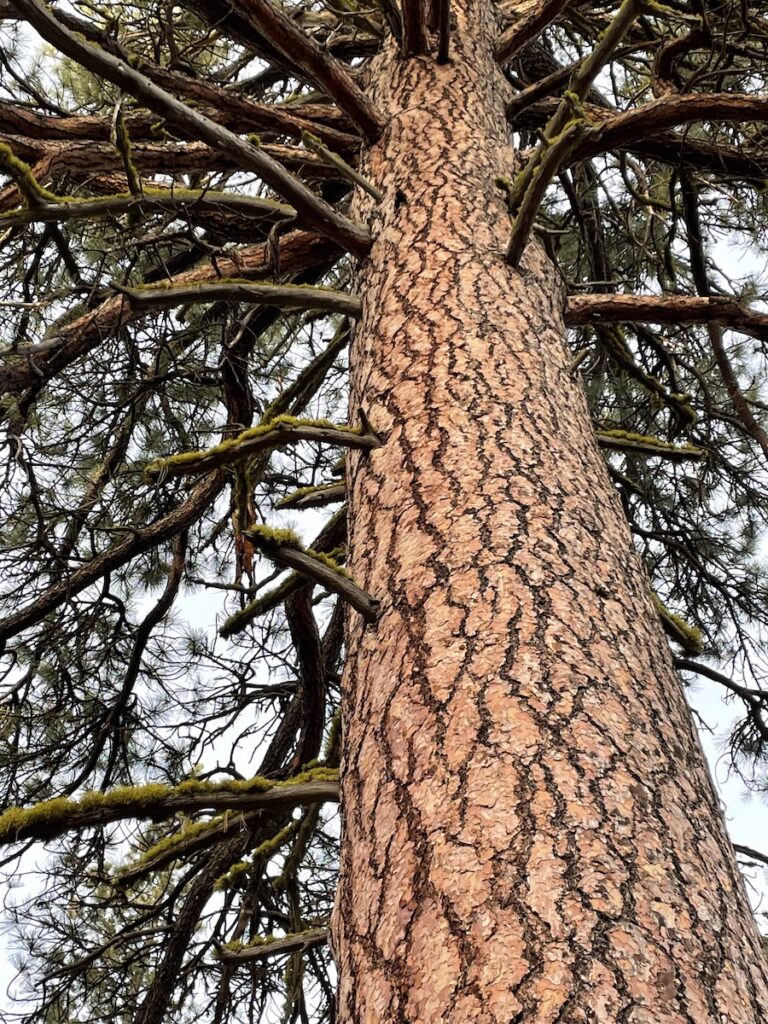


An Arborist Tours Central Oregon’s Lava Cast Forest
Hearst Castle’s Trees, Plants, Bathrooms & a Burping Sea Lion


This is not your typical tour of Hearst Castle, but is specifically for lovers of gardens, trees, and outdoor scenery including background info on how the gardens came to be. Of course, we’ll take you on a tour of all five stories of the famous Hearst Castle including Mr. Heart’s private suite and bedroom and bathrooms. The video ends with a visit to a nearby bunch of bickering and snorting sea lions including a one ton grandpa sea lion showing off his prowess at burping. Please enjoy!
The World Class Phoenix Desert Botanical Garden—50,000 Cacti and More!
Are you fascinated by cacti (or cactuses) of all shapes and sizes including the unusual and weird? Well, then, take a quick tour of, by some accounts, Phoenix, Arizona’s top tourist attraction, one of America’s top botanical gardens, and, probably, the top desert botanical garden in the world—the Phoenix Botanical Gardens. I’ve been to some of the top botanical gardens in the world, and this is one unlike anything else!
Champoeg State Park’s Giant Douglas Fir Tree
Another giant tree discovered…almost in my backyard!
While visiting Champoeg State Park and Heritage Area recently, I discovered another giant tree—one of the biggest Douglas fir trees I’ve ever seen in this area. I didn’t have to go far to find this one; it was just across the Willamette River from where Good News Tree Service, Inc. calls home and upstream a bit.
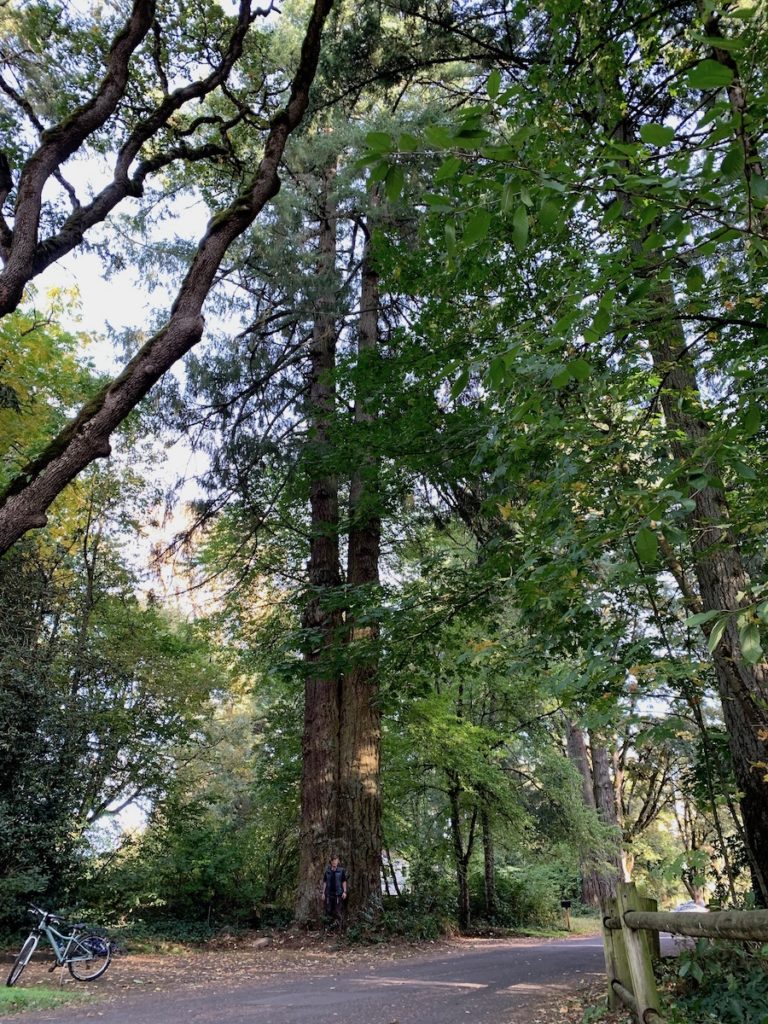
This enormous arboricultural wonder is located not far from the granite obelisk monument that marks the spot where the early French, English and American inhabitants of the Oregon Territory voted in 1843 to make Oregon a part of the United States instead of England. This tree witnessed this historic event!
I didn’t have a tape measure with me, but I estimate this tree to be about eight-and-one-half feet in diameter at breast height. I’m over six feet tall, and the tree is much wider than I am tall. I’m guessing that this fir tree is at least 500 years old.
